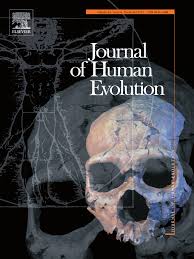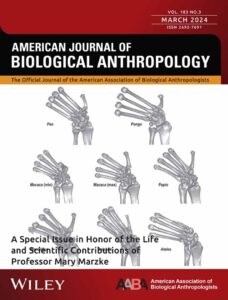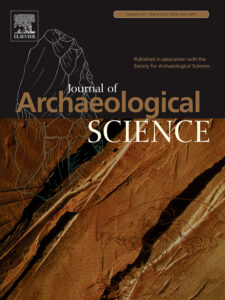
Our new study on two-million-year-old teeth from Australopithecus africanus fossils, published in Nature, reveals the impact of seasonal climatic changes on the survival of this species. Together with Dr. Renaud Joannes-Boyau from Souther Cross University and Dr. Justin W. Adams, we have analysed the chemical composition of fossilised teeth.

Australopithecus africanus mothers breastfed their infants for the first 12 months after birth, and continued to supplement their diets with breastmilk during periods of food shortage. This finding demonstrates why early human ancestors had fewer offspring and extended parental care.




